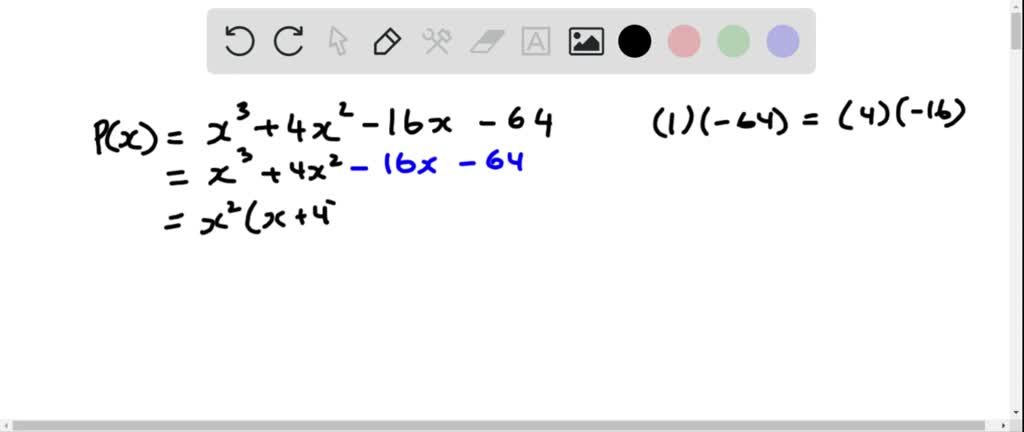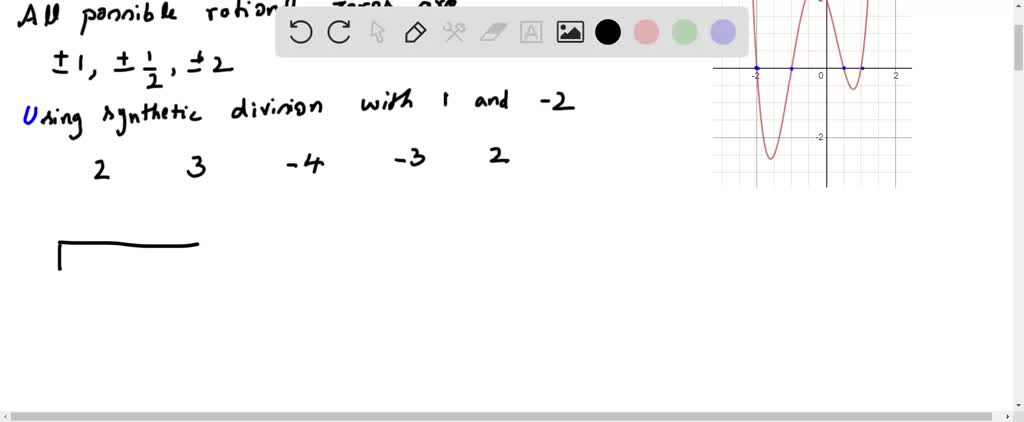Do you look for 'write a polynomial function as a product of linear factors'? All material can be found on this website.
To express this mathematical function as a cartesian product of linear factors you have to find the zeros of the function by the method acting of your choosing and then combining the linear expressions that yield those zeros. Factoring testament get you, just then you ar left to kind through the thrid degree polynomial.
Table of contents
- Write a polynomial function as a product of linear factors in 2021
- What is a product of linear factors
- Product of linear factors form
- Factoring a polynomial equation
- Using a given zero to write a polynomial as a product of linear factors calculator
- 3 linear factors
- How to do polynomials
- Product of linear factors given a zero
Write a polynomial function as a product of linear factors in 2021
 This picture illustrates write a polynomial function as a product of linear factors.
This picture illustrates write a polynomial function as a product of linear factors.
What is a product of linear factors
 This picture shows What is a product of linear factors.
This picture shows What is a product of linear factors.
Product of linear factors form
 This image demonstrates Product of linear factors form.
This image demonstrates Product of linear factors form.
Factoring a polynomial equation
 This image demonstrates Factoring a polynomial equation.
This image demonstrates Factoring a polynomial equation.
Using a given zero to write a polynomial as a product of linear factors calculator
 This picture demonstrates Using a given zero to write a polynomial as a product of linear factors calculator.
This picture demonstrates Using a given zero to write a polynomial as a product of linear factors calculator.
3 linear factors
 This picture representes 3 linear factors.
This picture representes 3 linear factors.
How to do polynomials
 This picture demonstrates How to do polynomials.
This picture demonstrates How to do polynomials.
Product of linear factors given a zero
 This picture shows Product of linear factors given a zero.
This picture shows Product of linear factors given a zero.
Where can I find a polynomial factoring calculator?
Polynomial factoring calculator. This online calculator writes a polynomial, with one or more variables, as a product of linear factors. Able to display the work process and the detailed explanation.
Which is the other factor of P ( x )?
P (4) is zero! So (x-4) is a factor of P (x). Not only that, but the part of the last row in front of the remainder give us the other factor. The "1 -4 1" tells us that is the other factor. So The problem asks for linear factors.
How to express a polynomial as a product of linear factors?
Explanation: To express this polynomial as a product of linear factors you have to find the zeros of the polynomial by the method of your choosing and then combine the linear expressions that yield those zeros. Factoring will get you, but then you are left to sort through the thrid degree polynomial.
What is the root of the polynomial p ( 1 )?
So P (1) = 1 - 8 +17 - 4 which is not zero. So we'll try 2. To check 2 we could either find P (2) directly or we could use synthetic division. (Note: The larger the possible root and/or the more terms there are in the polynomial, the more advantageous it is to use synthetic division.)
Last Update: Oct 2021